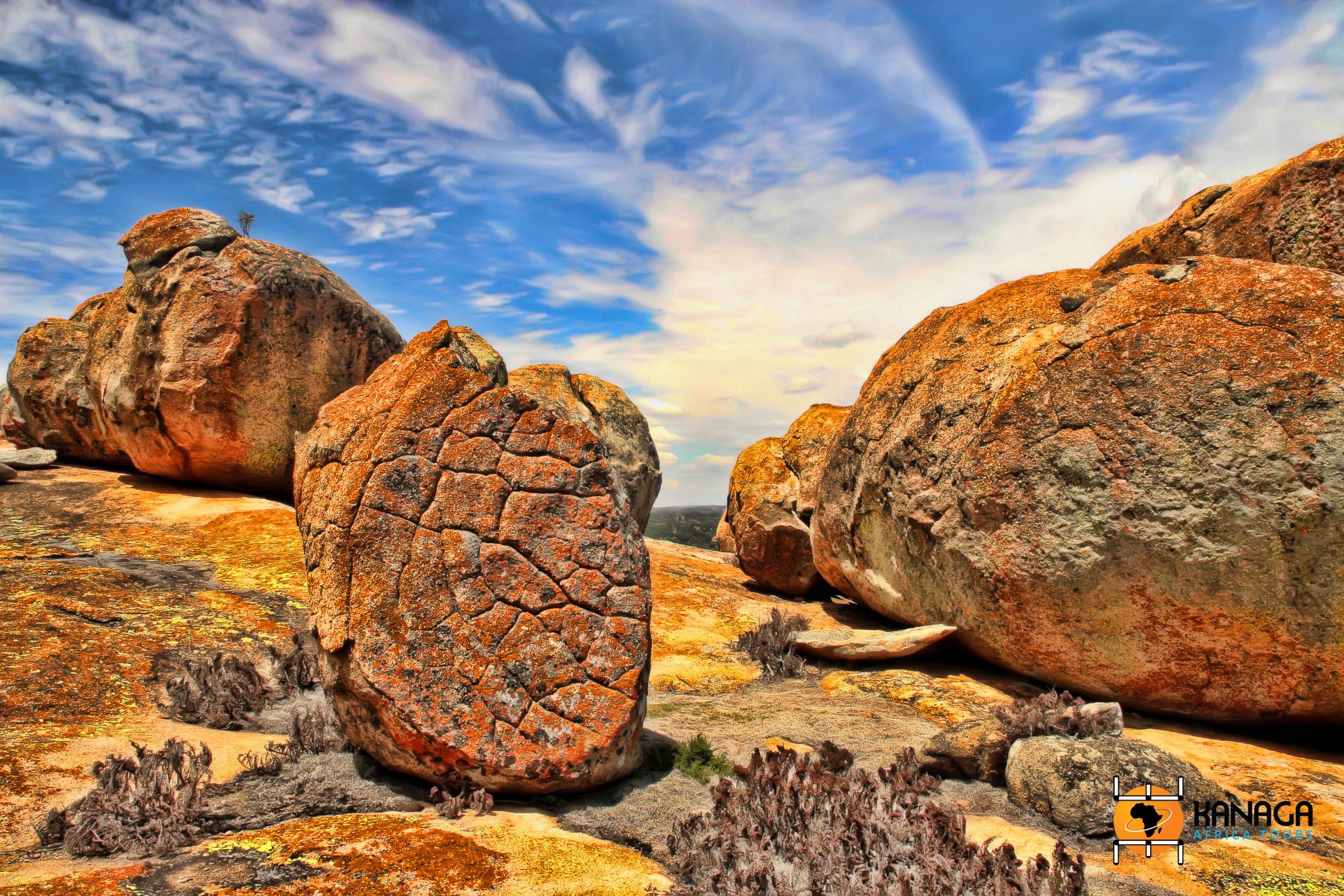Some thirty kilometres south of the city of Bulawayo, one of Zimbabwe’s most extraordinary environmental areas opens up, due to its exceptional scenic and cultural interest. The Matopo Hills, named a UNESCO World Heritage Site in 2003, are home to one of Southern Africa’s most abundant and interesting rock art specimens, among their incredible weathered granite formations, in the ravines of the Matopo National Park.
Dotted with huge, surreally shaped blocks of granite (kopjes), formed millions of years ago and called ‘bald heads’ in the local language, and interspersed with areas of forest vegetation, the Matopo hills have been inhabited since ancient times, particularly by the San (Bushman) peoples, who left numerous traces of their settlements here, at least two millennia old, before the arrival of the present-day Shona and Ndebele peoples.
Invested from the mists of time with sacredness, these places of extraordinary beauty became the focus of ancestral rituals linked to the ancient Mwari religion and that still revolve today around the numerous rock art sites, among the caves in the park that guard like precious caskets a vast iconography of paintings and engravings thousands of years old.
The Bambata, Inanka, Nswatugi, Pomongwe caves and the White Rhino Shelter, are just some of the many natural shelters that provide us with an immense wealth of animal and anthropomorphic friezes, as well as the discovery of artefacts and human skeletons dating back to the Stone Age.
It’s an undeniable universal value for this magical place, which was the site of the historic Indaba of 1896, during which the encounter between the settlers and the leader of the Ndebele people took place, and which Cecil Rhodes himself chose as his own burial place, wishing to rest eternally among the ancestral spirits, amidst the natural amphitheatres of the surreal granite formations, immersed in a wild landscape, habitat of rhinoceroses, zebras, giraffes, cheetahs and one of the highest concentrations of leopards in Africa.
A true nature paradise for hikers and an immense open-air museum, all waiting to be discovered.







